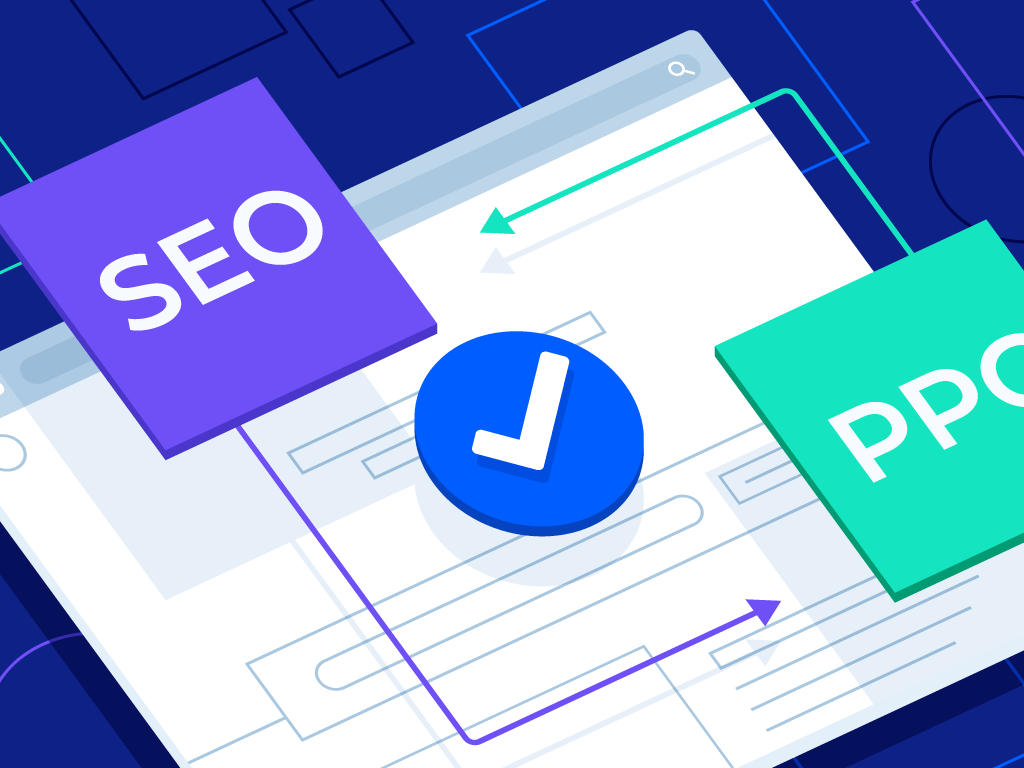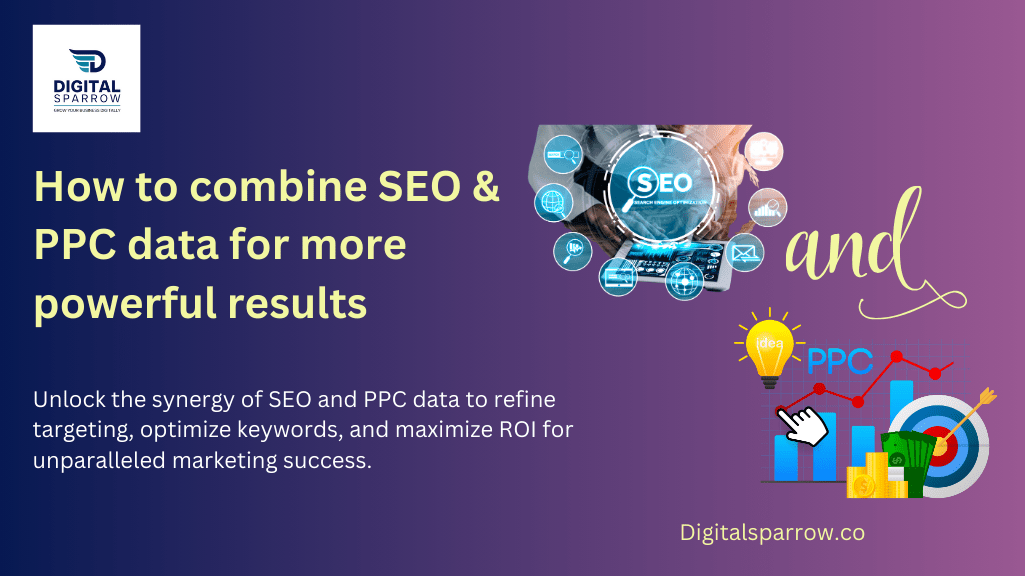With the rise of technology and digital marketing, people are trying to explore new tools and technologies to aid their marketing journey. Among some really powerful tools Search engine optimization (SEO) and pay-per-click advertising (PPC) tops the list. Now the question arises why is it so? Because they are critical in driving traffic and increasing conversions on your website. The combined data from these two strategies can help us get a more understanding picture of your marketing efforts and maximize their impact.
SEO is an intricate process that blends creativity with strategy to enhance your website’s ranking on search engine results pages (SERPs). The fundamental aim of SEO is to enable search engines to comprehend your website’s content and its relevance to specific search queries. By employing various SEO techniques many digital marketing agencies make use of keyword research, on-page optimization, technical optimization, content creation, and link building, to elevate your website’s visibility and attract more organic traffic from search engines. Essentially, SEO is an exquisite fusion of art and science that can assist you in augmenting your online presence and enticing more prospective customers to your website.
PPC or “Pay-per-click” is nothing but a sort of online advertising in which advertisers pay each time a user clicks on one of their adverts. This is commonly used by a digital marketing agency or a business to gain traffic with paid advertisements.
Combining SEO and PPC
So, it is obvious that these two tools are quite effective. SEO and PPC aid are increasing the company’s online visibility. As per many digital marketing agencies, these two tools combined can help the company to gain better visibility and growth. Because every firm requires new consumers, using these methods company can acquire new customers as well as provide a smooth experience to current customers.
Top 5 PPC Trends-https://digitalsparrow.co/top-5-ppc-trends-2023/
SEO empowers businesses to optimize their website and incorporate captivating keywords in order to enhance their position on search engine results pages (SERPs) for relevant searches. On the other hand, PPC involves driving traffic to your website with the help of paid advertisements. By implementing these strategies, a business can elevate its online presence and entice a larger audience of potential customers to your business.

It can be a daunting task to physically target every potential customer, which can be both time-consuming and exhausting. This is where the combination of SEO and PPC comes in handy, as it allows us to target a larger number of groups and demographics. With the help of SEO, we can attract more people to our website and generate interest in our products or services. By focusing on specific keywords and demographics, we can reach out to potential clients more effectively. Targeting specific groups can significantly improve the effectiveness of our marketing campaigns and maximize our return on investment (ROI).
Combining SEO and PPC to maximise businesses growth
While these two tactics are typically viewed as separate entities, integrating the data from these two strategies can yield even more effective outcomes. We will now look at how you can combine your SEO and PPC statistics to maximize your marketing efforts.
The first step in merging SEO and PPC data is to determine the indicators that are shared. There are many indicators like Click-through rates (CTR), conversion rates, bounce rates, and average time on a page that can help you to understand your growth. You may analyze the performance of your SEO and PPC efforts and identify areas for improvement by analysing these indicators. This analysis can help you take a calculative decision and also imply it on your website.
Another advantage of merging SEO and PPC data is that you can find keyword opportunities that you may have neglected previously. Sometimes we by any chance miss out on important keywords that would help us in ranking our website. You may select new keywords to target with your SEO campaigns by reviewing the keywords that are delivering the greatest traffic and conversions. By using those keywords, you can also know your competition and work accordingly. This data can also be utilized to better your PPC campaigns by identifying and targeting new relevant keywords.
A/B testing is another effective strategy for optimizing marketing initiatives. You may identify which variations of your advertising and landing pages are more effective at increasing conversions by testing them. Then you can use the most effective one for your websites. The data from your SEO and PPC efforts can assist you in determining which versions are more effective and implementing those modifications to both your SEO and PPC operations.
Keeping an eye on your competitors’ SEO and PPC efforts might help you uncover new keywords and tactics to improve your own. You may analyse your competitors’ organic and paid search activity using tools like SEMrush and Ahrefs to uncover areas where they exceed you. This data can assist you in making modifications to your marketing and staying ahead of the competition.
Effective marketing techniques – https://startupadvice.in/increasing-the-growth-of-small-business-through-effective-marketing-techniques/
To summarise, using SEO and PPC in your marketing efforts can be quite useful to your company. These methods can assist you in increasing your internet exposure, targeting your intended audience, driving more visitors to your website, and obtaining measurable results that allow you to optimize your efforts. You may acquire a wider consumer base, increase revenue, and get a competitive advantage in your sector by using the power of SEO and PPC. As a result, implementing these marketing methods into your business plan is critical for long-term success. You can use your analysis to study trends and later apply them to your business for growth and opportunity.

